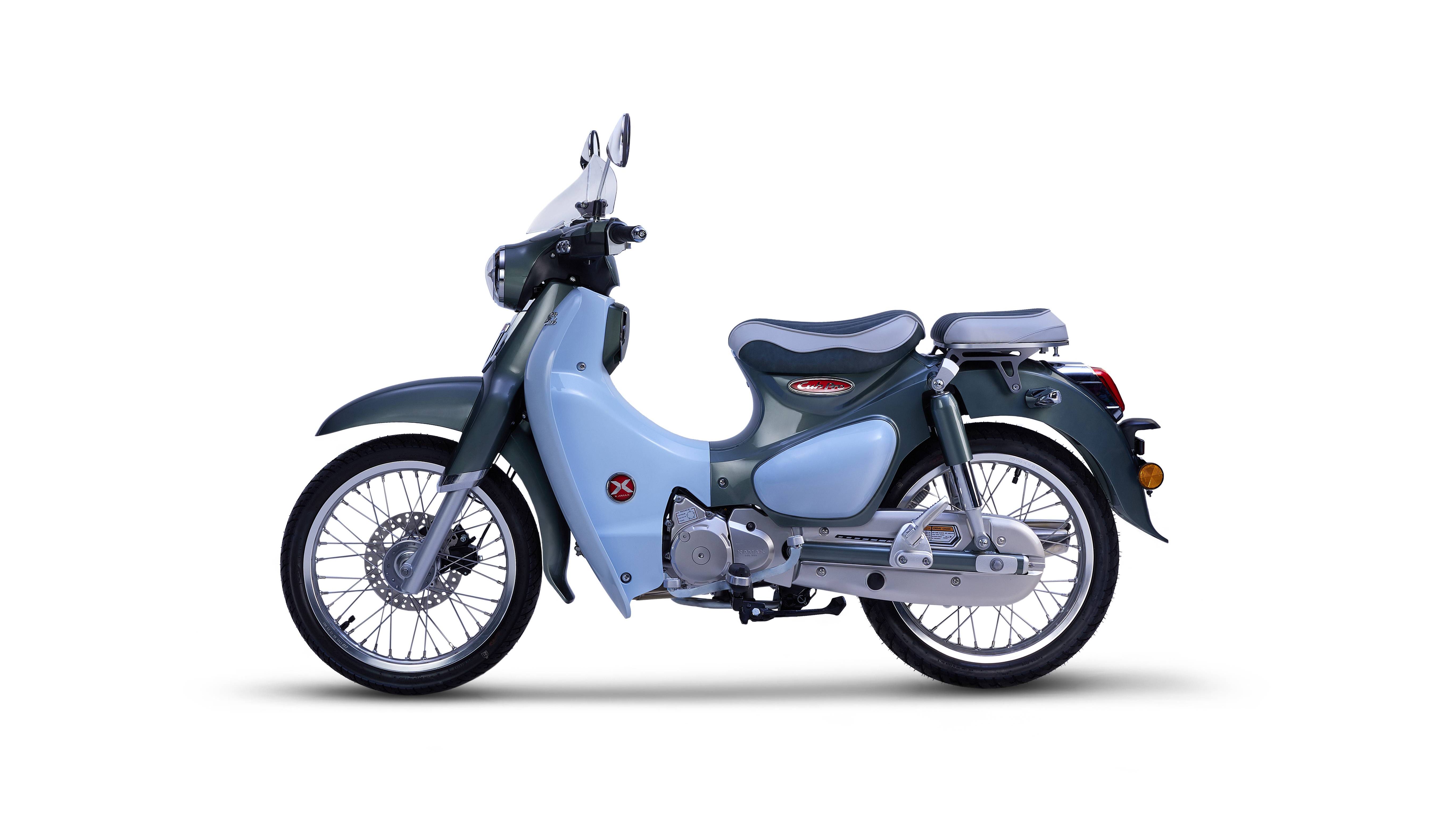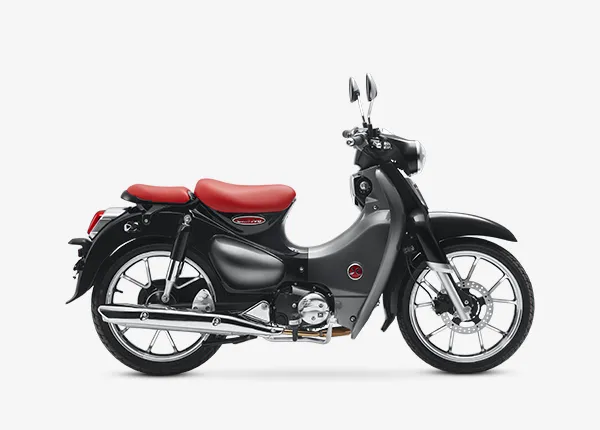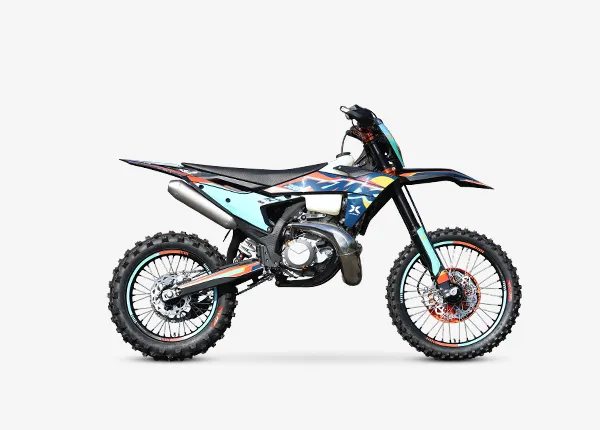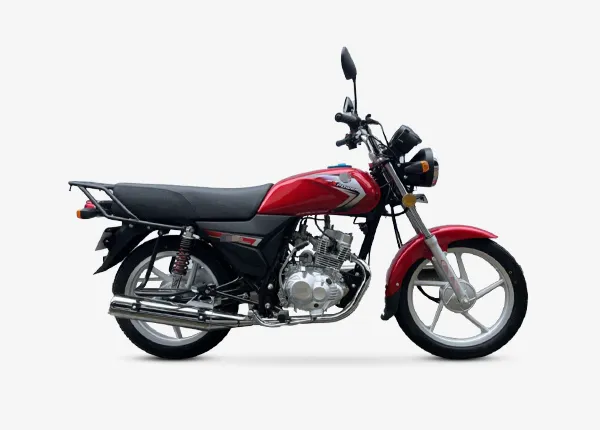With environmental concerns on the rise, emissions standards are tightening worldwide, and the motorcycle industry is no exception. The European Union (EU) has been a global leader in implementing emissions standards for vehicles, and the latest iterations—Euro 5 and Euro 5+—place significant demands on motorcycle manufacturers. This post will explore what Euro 5 and Euro 5+ standards mean for motorcycles, their impact on the industry and consumers, and what riders can expect in the future.

1. What are Euro 5 and Euro 5+ Standards?
Euro 5 standards for motorcycles came into effect on January 1, 2020, with the goal of reducing pollutant emissions from internal combustion engines. Replacing the Euro 4 standards introduced in 2016, Euro 5 further restricts pollutants like carbon monoxide (CO), hydrocarbons (HC), nitrogen oxides (NOx), and particulate matter (PM). Here’s a breakdown of the emission limits under Euro 5:
- Carbon Monoxide (CO): reduced to a maximum of 1.00 g/km, a 12% reduction from Euro 4 limits (1.14 g/km).
- Total Hydrocarbons (THC): reduced to 0.10 g/km, down 38% from Euro 4’s limit of 0.16 g/km.
- Nitrogen Oxides (NOx): capped at 0.06 g/km, nearly half the Euro 4 level of 0.09 g/km.
Euro 5+ standards, scheduled for implementation in 2024, will introduce further technical and durability requirements. Euro 5+ aims not only to reduce emissions initially but to ensure that emissions systems remain effective over extended periods, achieving lower environmental impact over a motorcycle’s entire lifespan.
2. Key Differences Between Euro 5 and Euro 5+
The key distinctions between Euro 5 and Euro 5+ standards focus on durability and more precise diagnostic systems. Here’s a breakdown:
- Durability Requirements: Euro 5+ will require emission systems (e.g., catalytic converters and particulate filters) to remain functional over distances between 20,000 km and 50,000 km, depending on engine displacement. This longevity ensures older motorcycles remain as eco-friendly as when they were new, which was not required under Euro 4 and only partially under Euro 5.
- On-Board Diagnostics (OBD): Euro 5 requires OBD I, a basic system to monitor emissions. Euro 5+ mandates OBD II, a system already in use for cars, which will monitor additional parameters, providing detailed data on emission system performance.
- Noise Emissions: Although Euro 5 focuses on pollutant emissions, Euro 5+ will tighten noise emission limits as well, aiming to reduce noise pollution. Motorcycles must now stay within 80 dB at 50 km/h (depending on the model), ensuring that they not only emit fewer pollutants but also contribute less to noise pollution.
3. Impact on Motorcycle Manufacturers and Models
Adapting to Euro 5 and Euro 5+ standards requires motorcycle manufacturers to invest in new technology, leading to significant design and production shifts:
- Engine Redesign: Meeting Euro 5 requirements involved extensive redesigns of existing engines. Honda, for instance, updated models like the CB500X, implementing optimized combustion processes, upgraded fuel injection systems, and advanced catalytic converters to comply.
- Increased Costs and Production Changes: Harley-Davidson’s Iron 1200, for example, was phased out in Europe partly due to the high costs of compliance. In contrast, BMW and Yamaha invested in technology to make engines Euro 5-compliant. Yamaha’s MT-07, popular in the European market, underwent substantial exhaust and air intake adjustments to meet these stricter emission standards, adding nearly €500 to the model’s base cost.
- Adoption of Hybrid Technologies: Some brands are exploring hybrid models to comply with future standards. Kawasaki has announced plans to introduce hybrid motorcycles by 2025, positioning themselves for future changes.
4. Benefits for Consumers and the Environment
While these standards bring new costs and design challenges, they offer significant benefits:
- Lower Emissions and Health Benefits: By reducing pollutants like CO, NOx, and HC, Euro 5 and Euro 5+ standards reduce the health risks associated with air pollution. According to the European Environment Agency, transport emissions account for around 25% of urban air pollution-related deaths annually, and improvements in emissions standards have proven effective in reducing this figure.
- Improved Fuel Efficiency: Many of the technical improvements required for Euro 5 and Euro 5+ also increase fuel efficiency. Honda’s Euro 5-compliant models, for instance, are estimated to offer a 5-10% improvement in fuel economy, translating into cost savings for riders.
- Longer-Lasting Emissions Systems: With Euro 5+ durability requirements, motorcycles will retain their environmental performance longer, giving consumers a bike that remains efficient and eco-friendly even as it ages.
5. What Does the Future Hold?
The transition to Euro 5+ in 2024 marks a significant milestone in the EU’s emissions control efforts, but it likely won’t be the final step. With the EU’s goal to become climate-neutral by 2050, additional standards or specialized regulations for electric motorcycles are expected.
Many manufacturers are investing in electric or hybrid motorcycles to prepare for these changes. Harley-Davidson, BMW, and Yamaha, Kamax,among others, are already producing electric motorcycles. In fact, Harley-Davidson’s LiveWire electric model can achieve over 200 km per charge, and sales of electric motorcycles in Europe are projected to increase by 40% by 2025.
6. How Can Riders Prepare?
For European riders, understanding these standards is essential when planning future motorcycle purchases. Here are some key tips:
- Stay Informed: Riders should follow emissions regulations, as future changes could impact the legality or resale value of certain models. Cities like Paris and Milan already restrict older, higher-emission vehicles from entering central areas, so compliance can also affect where you’re allowed to ride.
- Consider Electric Options: Electric motorcycles offer a future-proof alternative exempt from emissions standards, making them a compelling option as charging infrastructure improves. Popular electric models like the Zero SR/F are already viable for long-distance rides with up to 300 km per charge.
- Regular Maintenance: Under these new regulations, maintaining your motorcycle’s emission system is critical. Regular tune-ups can prevent small issues from becoming large emissions problems, ensuring your bike stays Euro 5+ compliant for longer.





